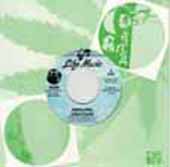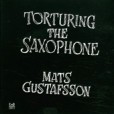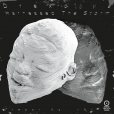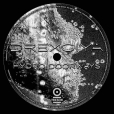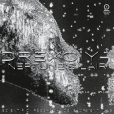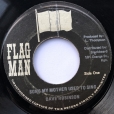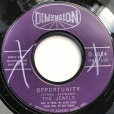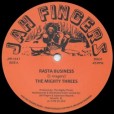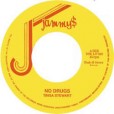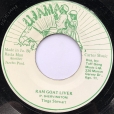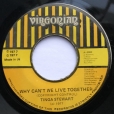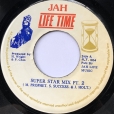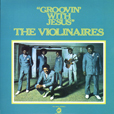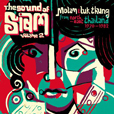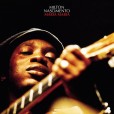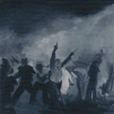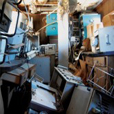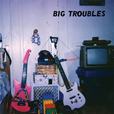Your basket is empty

Trump-card trumpet version of Joyride, aka Riding West.
In the view of Robert Crumb (who did the lettering for the cover). Tenor, baritone, electronics, music box. Great repertoire — Ellington, Ayler, Lars Gullin’s fabulous Danny’s Dream — done charged, lyrical justice.
‘Alone at night. Large church room. Lots of air. Stone. Wood. Glass. Quietness. Stillness. The dead and the alive. Surroundedness.
‘Existentialistic matters spinning. Peaceful state of mind. The dialectic equilibrium of complete stillness and deeper thoughts on contra-resistance on local and global levels. Fighting (y)our stupidities. Contra.
‘I have never ever before gotten myself into such an unusual setting for a recording project. And yet, so simple. So naked. So peaceful. Alone at night. As we all are.
‘I borrowed the keys to the beautiful church of Gustafsberg, from my neighbor Rune.
‘I went there at midnight. Set up my recording gear. Old school DAT machine, tube pre-amps and two AKG 414s in an extreme stereo set-up, close to the horn. The horn of choice. The contrabass sax. The monstrous sax-machine “Tubax” made by the German engineer Benedikt Eppelsheim at the turn of the century. I sat down in the first row of benches. Breathing. Preparing. Contemplating. The saxophone positioned in the very middle of the church, close to the altar. More than 6 hours straight of low-end sax noise and many breaks later: the sun set. At around 7 am… I was done. I was alone the whole night. And yet, not all alone. Some things were going on in that church. In that room. I kid you not. Never audible. But strongly felt. Whatever presence of the old or new gods - old and new dreams - it effected the music and my mind. I let it happen. I let it all flow.
‘Alone at night. There is nothing to explain.’
Brilliant, dazed and skewiff electro-pop from Fact magazine’s label of the year. The Autre Ne Veut is pretty great, too.
Total murder.
Bernard Brown, Carlton Gregory, and Noel ‘Bunny’ Brown (from the Chosen Few), originally on the April imprint out of NYC in 1978.
Steppers paranoia par excellence.
A Gene Barge production from 1967, with a winning mixture of rocking gospel funk and spiritualized ballads. A nice version of Buddy Miles’ We Got To Live Together.
Music for a ballet telling the life of of a daughter of a black slave, recorded in 1974 by the likes of Nana Vasconcelos, Joao Donato, Paulinho Jobim, and members of Som Imaginario; and containing the definitive versions of some of MN’s most iconic songs, including Os Escravos De Jó and Maria Maria.
‘Sheer beauty’ (The Guardian). ‘You don’t need to understand a word to realise that this is awesome music’ (Time Out).


